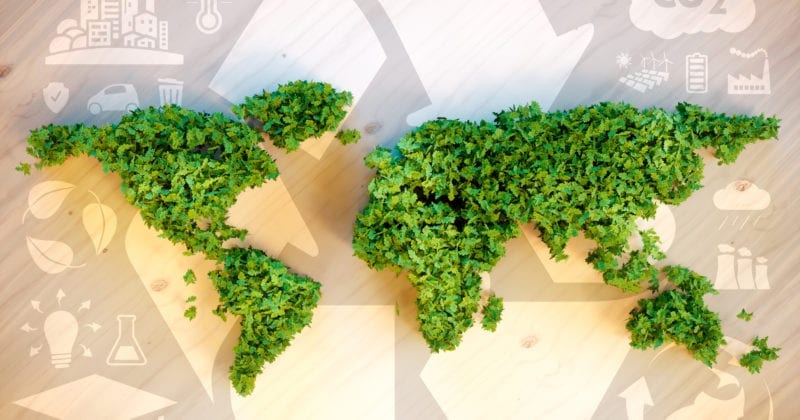Circular economy

With today’s focus on efficiency, productivity and saving the planet, global businesses are seeking new ways to operate. Looking for an alternative to the traditional make-use-dispose business model, modern organizations are embracing approaches that reduce the consumption of raw materials and energy.
The circular economy concept, in which resources are used and re-used for as long as possible to design waste out of the cycle and preserve the natural environment, is being touted as a game-changing, sustainable tool for economic growth.
It is estimated that a circular economy could reap more than €4 trillion in economic benefits for China that lead to reduced emissions and cleaner air. In Europe, the savings are estimated at €600 billion with a further €1.8 trillion in economic benefits.
The circular economy is directly linked to reverse logistics, which focuses on the process of returning goods from the consumer to the point of origin for replacement, refurbishment, recycling, redistribution or clean disposal. In some cases, extraction and re-use of their useful organic materials are possible.
A leading voice advocating the shift to circular economics is Dame Ellen MacArthur, who set up the Ellen MacArthur Foundation to expedite the transition to a “restorative economy”.
To support efforts to expand the circular economy, Deutsche Post DHL Group worked with Cranfield University and the Ellen MacArthur Foundation’s Circular Economy 100 initiative to develop the Reverse Logistics Maturity Model.
To better understand the role of logistics within a circular economy and leverage the Reverse Logistics Maturity Model to scale-up your return management, find out more in this research paper today.







 English
English